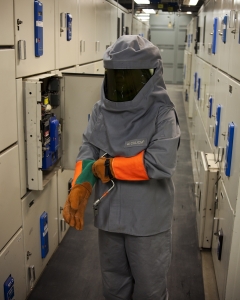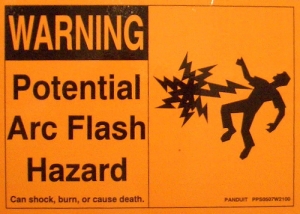Jacobs Field Services in Columbus, Nebraska was fined $11,408 after an employee was hospitalized from an arc flash hazard accident. The arc flash accident occurred in February 2017. The employee exposed to the arc flash was hospitalized but has since been able to recover from this accident. NFPA 70e.
During OSHA’s investigation, they found that this was bound to happen at some point. Other employees had also been at risk due to faulty workplace policy. The faulty policy permitted the injured employee to take off some of his personal protective equipment (PPE) after he had determined the load side of an electrical disconnect box that was de-energized. The line side was not accounted for and these components were still energized.
In addition, Jacobs relied too much on the effectiveness of the arc shield to deflect incidental contact with the line side’s energized pieces. OSHA found that this faulty arc flash hazard policy violated the NFPA 70e regulation and was why a penalty and fine was issued. Jacobs has since contested the fine.
OSHA determined that in this situation the employee was not at fault. Rather he was a product of improper training and procedures at the facility. The employee exposed to the arc flash was acting within the guidelines and procedures that they were required to follow. It is amazing that this did not happen sooner and that no other employees were exposed to an arc flash.

NFPA 70e 2018 Regulations
Though Jacobs contested the penalty, $11,408 is a small price to pay when someones life is at risk. Take proper action to ensure your employees are protected. Proper arc flash risk assessment and NFPA 70e approved arc flash training is necessary for every workspace to ensure everyones safety.
Contact us today for a free quote on Arc Flash Risk Assessment and Arc Flash Training.


